OWASP security misconfiguration is one of the most common and dangerous vulnerabilities in modern applications. It appears in the OWASP Top 10 because misconfigured systems, servers, APIs, cloud services, and frameworks expose organizations to data breaches, account compromise, and severe system takeover risks.
Whether you’re a developer, security engineer, DevOps professional, or cloud architect, understanding this risk is essential for building secure applications.
This guide breaks down the 7 critical misconfiguration risks, real-world attack examples, and proven defenses you can implement immediately.
What Is OWASP Security Misconfiguration?
OWASP Security Misconfiguration happens when security settings are:
- Disabled
- Left at default values
- Incorrectly implemented
- Partially configured
- Not maintained
- Too permissive
- Missing entirely
This includes misconfigured:
- Cloud buckets (S3, Azure Blob)
- Firewalls & WAF rules
- HTTP headers
- CORS policies
- Rate limits
- Admin consoles
- Framework defaults
- Server permissions
- Docker containers
- Kubernetes clusters
Even one misconfiguration can expose entire systems.
Why It Still Dominates OWASP Top 10
Security misconfiguration remains top-ranked because:
✔ Developers rush deployments
Default settings are left unchanged.
✔ Cloud complexity increases risk
Multi-cloud environments expose default open permissions.
✔ Frameworks evolve fast
New security settings are often overlooked.
✔ Admin dashboards remain exposed
Many admin portals get indexed by search engines.
✔ Attackers love low-hanging fruit
Misconfigurations are easier to exploit than 0-days.
7 Critical OWASP Security Misconfiguration Risks
Below are deeply detailed, advanced explanations of each risk.
1) Default Credentials Still Enabled
Default credentials remain one of the most shockingly common forms of misconfiguration. Many platforms—such as Jenkins, Tomcat, WordPress, Grafana, Elasticsearch, and phpMyAdmin—ship with preset usernames and passwords like admin/admin, root/root, or password123.
Attackers routinely scan the internet using automated bots that specifically look for services running with default login credentials. Once they find one, the consequences are immediate:
- Admin-level access to systems
- Ability to modify configurations
- Uploading malicious plugins
- Adding backdoors
- Complete environment takeover
Even worse, leaving default SSH keys, API tokens, or SNMP community strings becomes an instant foothold for attackers inside internal networks. This is one of the most preventable misconfigurations, yet it continues to cause massive breaches.
2) Unrestricted Cloud Storage Buckets
Cloud misconfigurations are responsible for more data breaches than malware, ransomware, and nation-state attacks combined. This happens when:
- AWS S3 buckets are public
- Azure Blob containers expose listing permissions
- GCP Cloud Storage buckets have incorrect IAM settings
Exposed cloud buckets can leak:
- Customer PII
- Internal logs
- Backups
- API keys
- Financial data
- Source code
- Confidential documents
Attackers use tools like AWSBucketDump, truffleHog, and Grayhat Warfare scanners to locate publicly available cloud storage. Millions of corporate files have been leaked this way—often without the company even knowing until an attacker reports or exploits it.
3) Exposed Admin Consoles & Dashboards
One of the most dangerous misconfigurations is placing admin interfaces on the public internet without authentication or network restrictions.
Targets include:
- Kibana dashboards
- Jenkins CI/CD server
- Grafana analytics panel
- Docker API
- phpMyAdmin
- Kubernetes Dashboard
- Harbor Registry
Attackers can often access these dashboards just by searching :5601, :8080, or :3000 across the internet. Many of these consoles allow:
- Remote code execution
- Plugin uploads
- Cron scripting
- Changing credentials
- Viewing internal logs
- Deploying containers
This misconfiguration has directly led to major ransomware incidents and full cloud infrastructure compromise.
4) Poor CORS Configuration
Cross-Origin Resource Sharing (CORS) controls which domains can interact with your APIs and web applications. A misconfigured CORS policy allows malicious websites to:
- Steal user sessions
- Extract sensitive API responses
- Perform actions on behalf of authenticated users
- Hijack access tokens
The most dangerous misconfiguration is:
Access-Control-Allow-Origin: *
This effectively gives attackers permission to make authenticated requests from any website, bypassing browser security.
Even incorrect wildcard usage such as:
Access-Control-Allow-Origin: https://*.evil.com
or reflecting user input into CORS headers can result in catastrophic account compromise.
5) Missing Security Headers
Security headers harden your web application against multiple classes of attacks. When they’re missing, attackers can exploit:
- XSS (Cross-Site Scripting)
- Clickjacking
- MIME sniffing
- Downgrade attacks
- Insecure connections
Critical headers include:
- Content-Security-Policy (CSP) — stops XSS
- Strict-Transport-Security (HSTS) — enforces HTTPS
- X-Frame-Options — prevents clickjacking
- X-Content-Type-Options — blocks MIME sniffing
- Referrer-Policy — protects sensitive referrer data
Lack of headers is a sign of insecure frameworks, outdated reverse proxies, or rushed deployments.
6) Overly Permissive Firewall & WAF Rules
Misconfigured firewalls expose organizations to:
- SSH brute force attacks
- Remote code execution
- Malware injections
- API abuse
- Lateral movement
- Bot traffic flooding
Examples include:
- Allowing ALL inbound traffic (0.0.0.0/0)
- Opening unnecessary ports
- Leaving WAF (ModSecurity) in detection-only mode
- Whitelisting entire IP ranges
- Exposing database ports publicly
Attackers actively scan the internet for open ports, especially:
- 22 (SSH)
- 3306 (MySQL)
- 6379 (Redis)
- 9200 (Elasticsearch)
- 27017 (MongoDB)
These misconfigurations are responsible for thousands of ransomware incidents every month.
7) Misconfigured Containers & Kubernetes
Containers and K8s are powerful but easy to misconfigure. Common mistakes include:
Containers:
- Running containers as root
- Exposing Docker API without TLS
- Mounting the host filesystem
- No resource limits (DoS risk)
Kubernetes:
- Publicly exposed API server
- Privileged pods
- Overly permissive RBAC roles
- Unrestricted NetworkPolicies
- Insecure admission controllers
A single misconfiguration in Kubernetes can allow an attacker to:
- Escape containers
- Access secrets
- Deploy malicious pods
- Reach internal services
- Pivot across the cluster
This is why K8s is one of the most targeted environments today.
Real-World Attack Examples
🔸 Capital One Breach (AWS WAF Misconfiguration)
A misconfigured AWS WAF rule allowed an attacker to access metadata services, exposing over 100 million customer records.
🔸 NASA Cloud Leak
A publicly accessible S3 bucket exposed internal NASA files, including sensitive operational data.
🔸 Uber Hack
An exposed admin panel allowed attackers to extract internal API keys, credentials, and infrastructure secrets.
Misconfiguration—not malware—caused these multi-million-dollar breaches.
How to Detect Security Misconfiguration
Use:
- Pentesting tools
- Automated scanners
- CSP analyzers
- Manual code review
- Infrastructure audits
- Container scanning tools
- Misconfiguration scanning tools (CloudSploit, ScoutSuite)
How to Fix OWASP Security Misconfiguration
1) Enforce Secure Defaults Across All Systems
Secure defaults reduce the attack surface dramatically. This includes:
- Disabling guest accounts
- Requiring strong passwords
- Enforcing multi-factor authentication (MFA)
- Disabling unused protocols (FTP, Telnet, SMBv1)
- Blocking unused ports
- Applying least privilege to every user and service
Many breaches occur because default settings remain untouched.
2) Harden Cloud Services (AWS, Azure, GCP)
Cloud misconfigurations are the #1 source of data leaks.
Fix cloud security by:
- Blocking public access to all buckets by default
- Setting IAM roles with granular permissions
- Enforcing server-side encryption (SSE)
- Enabling AWS GuardDuty, Azure Defender, and GCP SCC
- Using CloudTrail or CloudWatch for activity monitoring
- Enforcing Cloud Security Posture Management (CSPM)
Most incidents occur due to:
- Public S3 buckets
- Overly permissive IAM roles
- Open security groups
3) Lock Down Admin Consoles & Dashboards
Every admin panel must be:
✔ Protected behind authentication
✔ Hidden behind IP allowlists
✔ Wrapped with reverse-proxy authentication
✔ Forced behind HTTPS
✔ Accessible only via VPN
Misconfigured dashboards = instant full-system compromise.
4) Apply Strong Security Headers
Implementing headers mitigates XSS, clickjacking, and injection pathways.
Example hardened configuration:
add_header X-Frame-Options DENY;
add_header X-Content-Type-Options nosniff;
add_header X-XSS-Protection "1; mode=block";
add_header Strict-Transport-Security "max-age=63072000; includeSubDomains";
add_header Content-Security-Policy "default-src 'self'";
5) Fix CORS Rules
Security-first CORS looks like:
Access-Control-Allow-Origin: https://yourdomain.com
Access-Control-Allow-Credentials: true
Access-Control-Allow-Methods: GET, POST, PUT
Avoid wildcards.
Never do:
Access-Control-Allow-Origin: *
6) Harden Kubernetes & Docker Configurations
For Docker:
- Never run containers as root
- Avoid privileged mode
- Use read-only filesystems
- Restrict Docker socket exposure
- Apply image scanning
For Kubernetes:
- Apply RBAC least privilege
- Use NetworkPolicies for pod isolation
- Disable public access to API server
- Enforce PodSecurity standards
- Implement OPA Gatekeeper or Kyverno
7) Implement Continuous Hardening
Security misconfigurations are not a “one-time fix”.
Use automation:
- Terraform with security modules
- GitOps pipelines (ArgoCD, Flux)
- Automated scanning in CI/CD
- Cloud Security Posture Management (CSPM)
- Continuous monitoring with SIEM
Best Tools to Find Misconfigurations
- Cloud: CloudSploit, Prowler, ScoutSuite
- Web: OWASP ZAP, Burp Suite
- Kubernetes: kube-bench, kube-hunter
- Containers: Trivy, Clair
- Headers: securityheaders.com
- Infra: Nessus, OpenVAS
People Also Ask (PAA)
Q: What is OWASP security misconfiguration?
OWASP security misconfiguration is a vulnerability that occurs when systems, applications, cloud services, APIs, or containers are deployed with insecure, incomplete, or incorrect settings. This can lead to data leakage, unauthorized access, privilege escalation, or full system compromise, even when no code vulnerability exists.
Q: Why is security misconfiguration easy to exploit?
Because attackers rely on automation. They use scanners to identify exposed ports, public cloud buckets, missing security headers, or admin dashboards. Unlike complex exploits, misconfigurations require no skill—just discovery. Once found, exploitation can take seconds.
Q: What is the impact of a misconfiguration attack?
Misconfigurations often expose entire databases, internal files, cloud buckets, dashboards, and privileged endpoints. They can result in massive data breaches, ransomware attacks, account takeovers, and regulatory penalties.
FAQ
Internal & External Links
Internal Links
- https://hackervault.tech/owasp-top-10-2025-release-candidate/
- https://hackervault.tech/web-security-101-how-websites-get-hacked-and-how-to-defend-them/
- https://hackervault.tech/sql-injection-sqli-the-classic-web-vulnerability-still-haunting-the-internet/


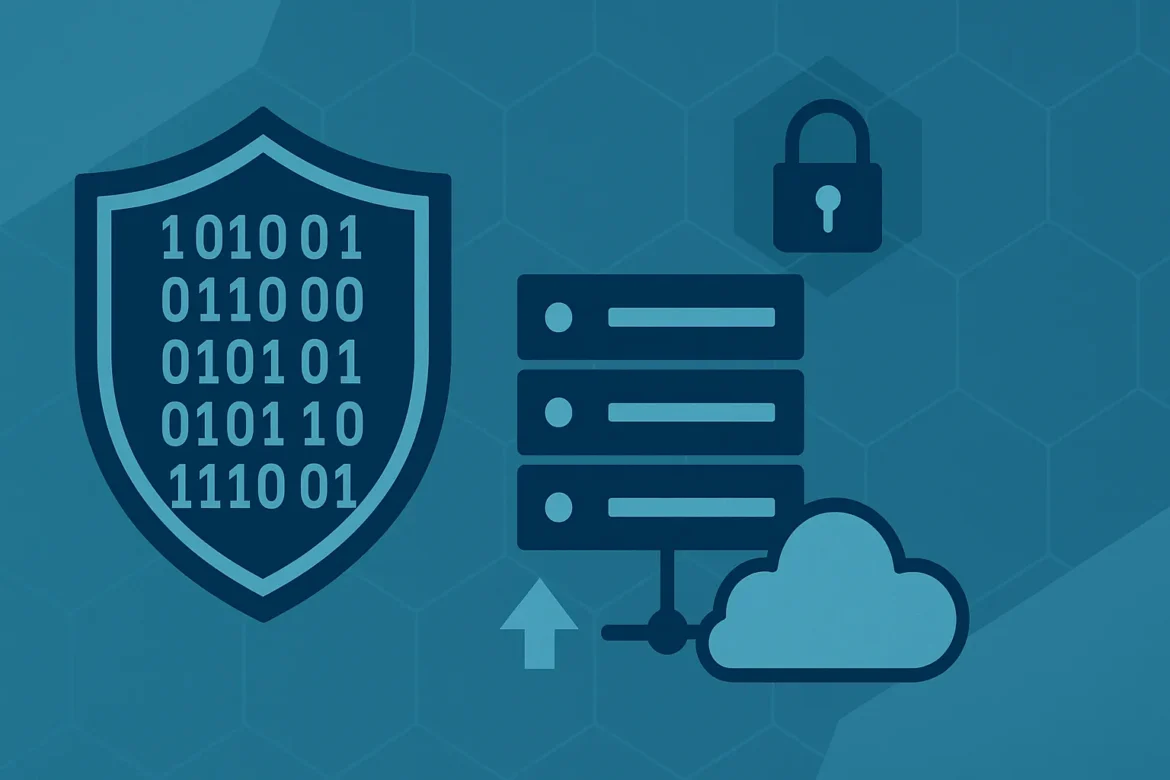
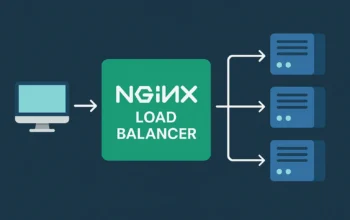
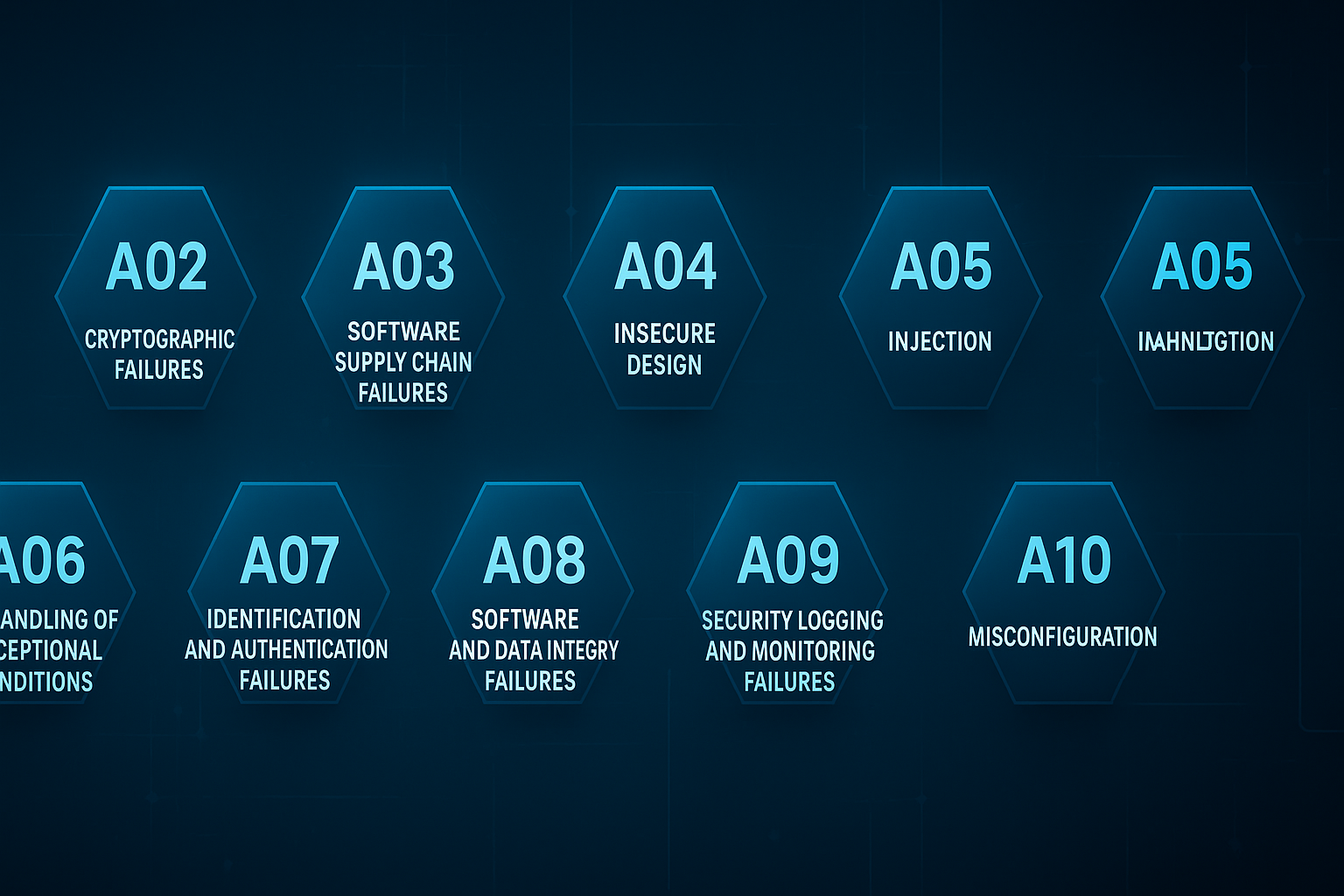
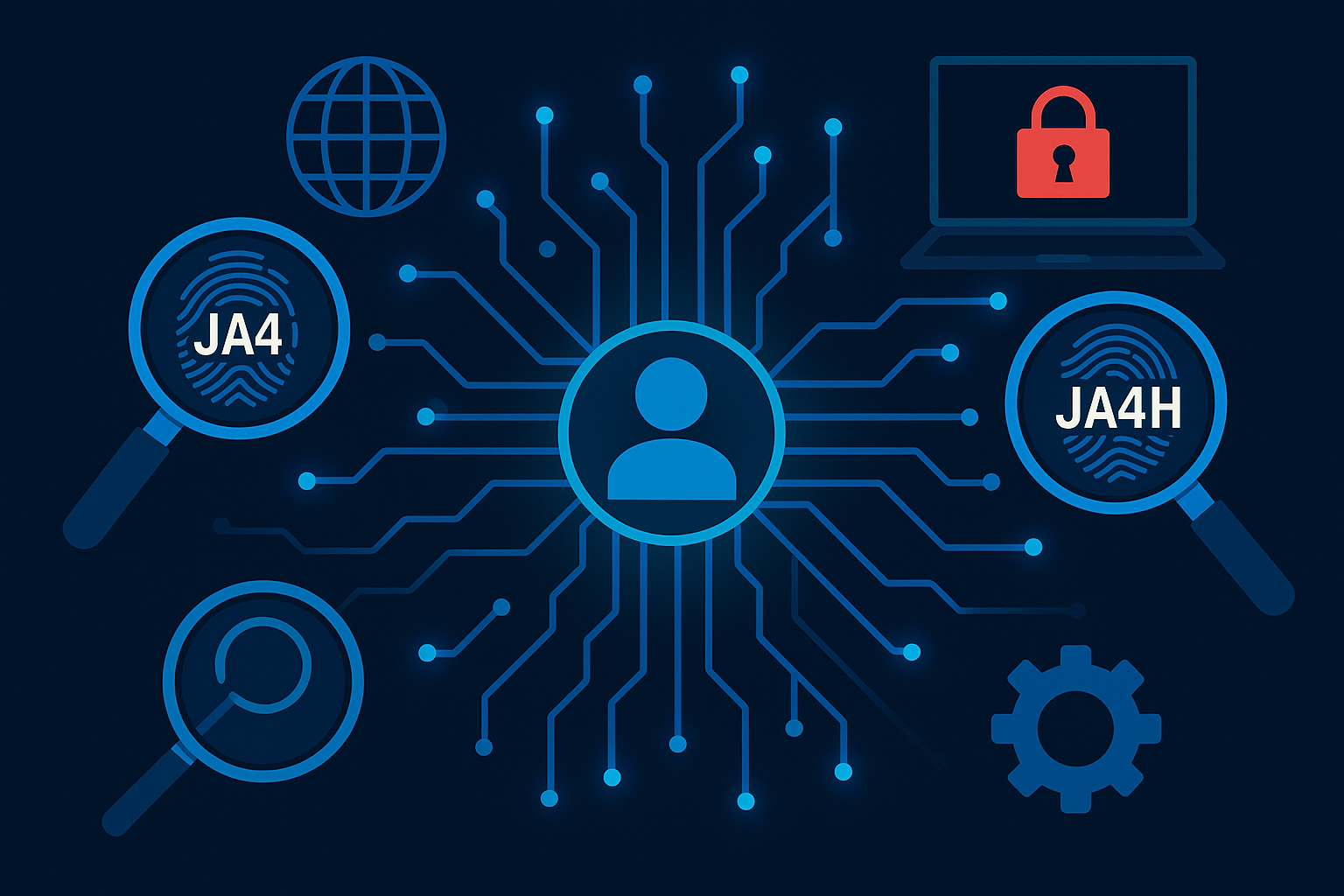
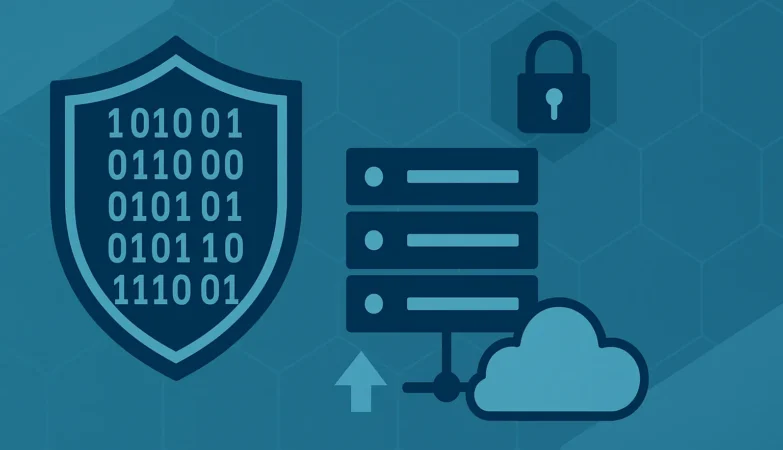


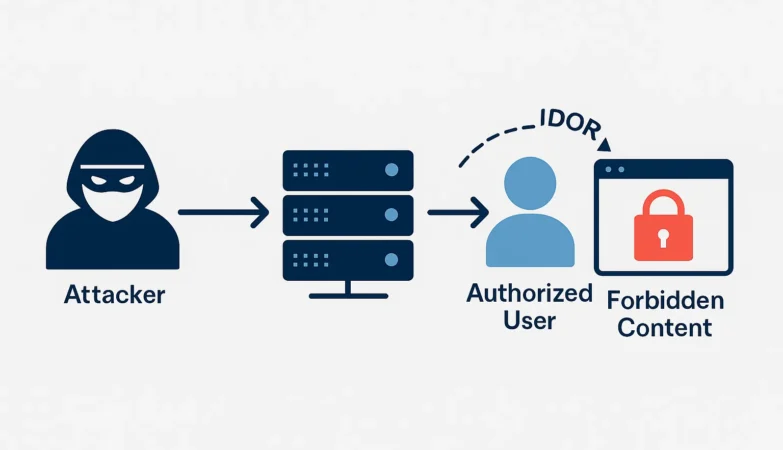


Interesting read! Seeing trends is key, and platforms like id888 casino are adapting to give players more personalized experiences. VIP access seems crucial these days – quality over quantity, right? Hoping for some good luck soon! ✨